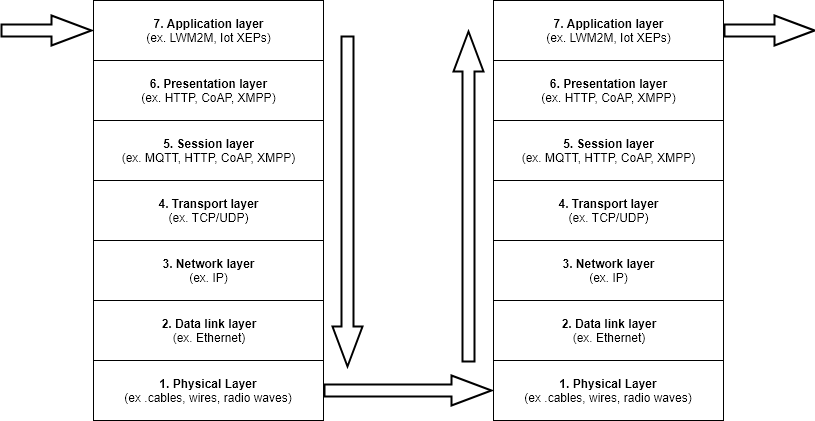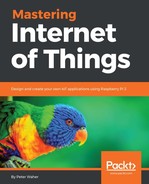Although we have used standards in earlier chapters, these have been Transport-layer (TCP, UDP), Session-layer (MQTT), and Presentation-layer (HTTP, CoAP) standards, as displayed in Figure 1. Here, we've used the Open Systems Interconnection (OSI) model, as a good way to illustrate communication between applications in a network. The standards on different levels facilitate development and deployment. But we have had to add the remaining application-layer to our code, in a proprietary fashion. If we manage to use standardized technologies in the application layer as well, we can say that our application becomes interoperable. Devices from different manufacturers can interact, in a standardized manner, without having to resort to customized development. Products become replaceable. This opens systems up to competition, but also to opportunities.
The competition will provide for better devices and systems. Manufacturers using application-layer standards will be able to reach a market they would otherwise not have access to. You can use devices from others, while others can use your devices. You can use software from others, while others can use your software:

